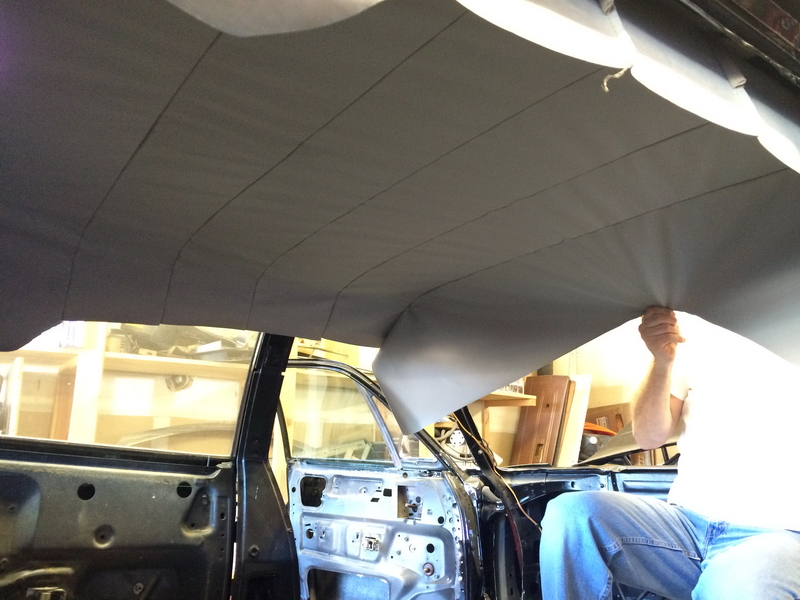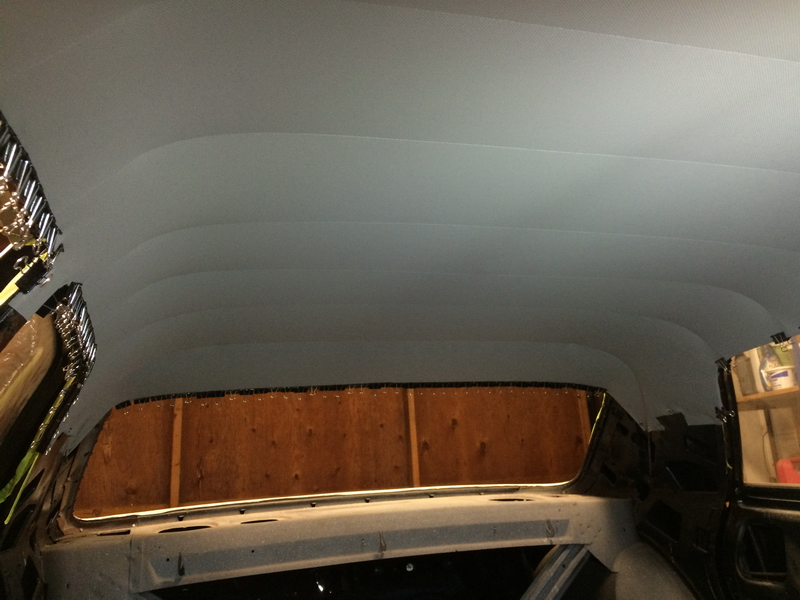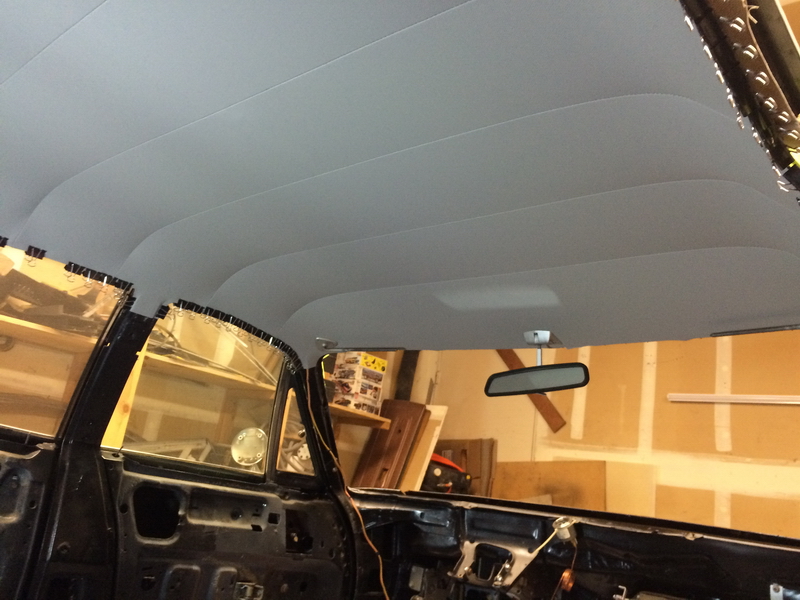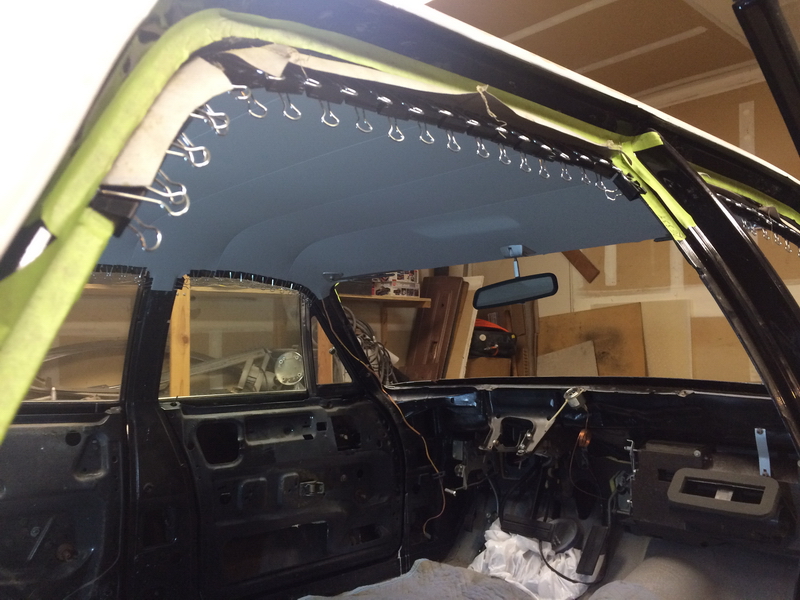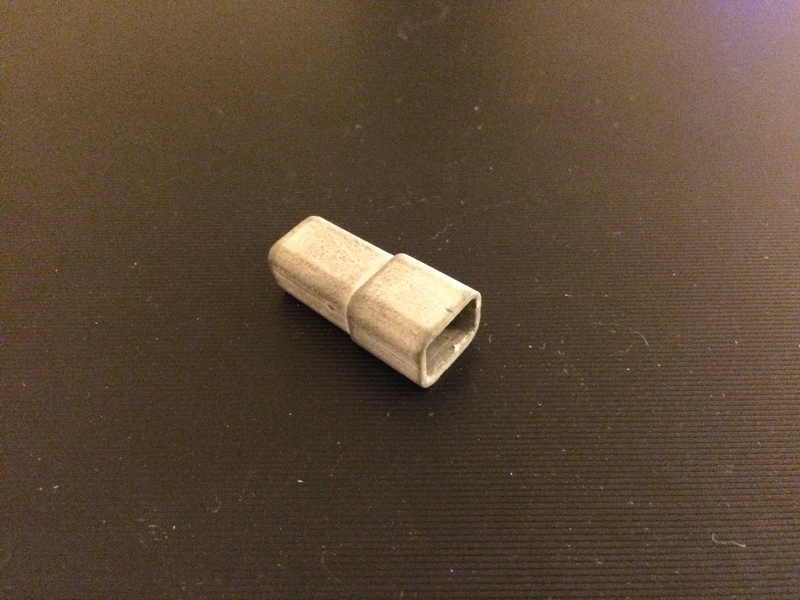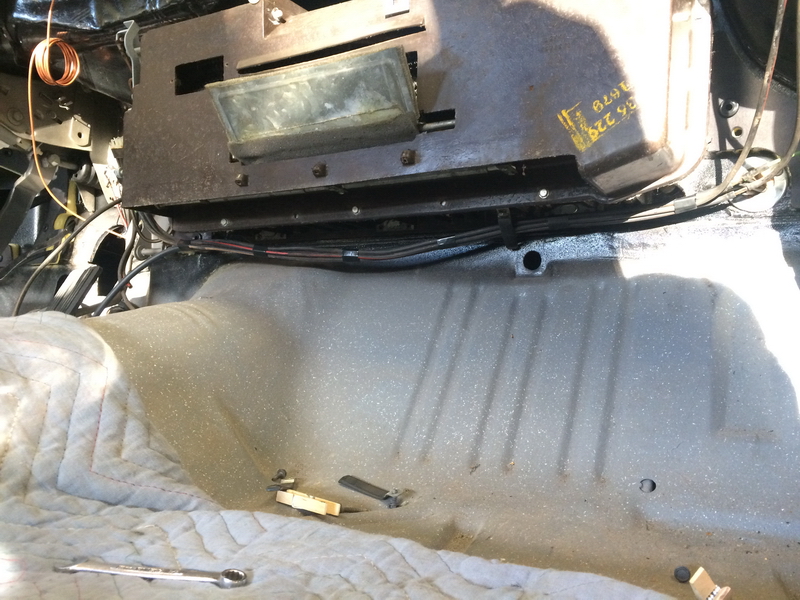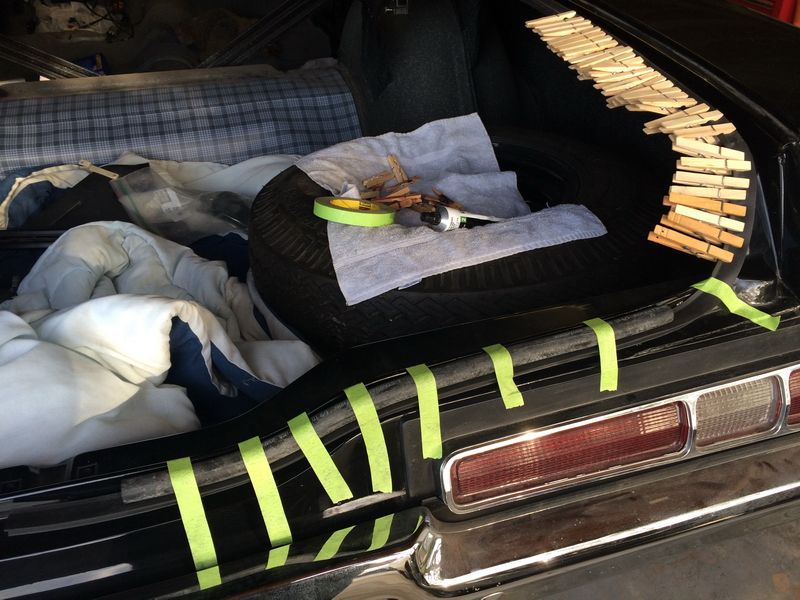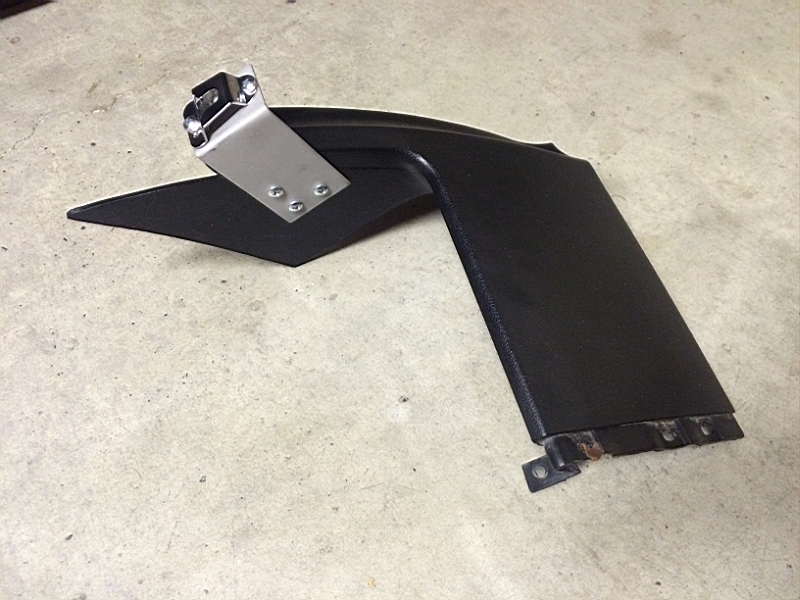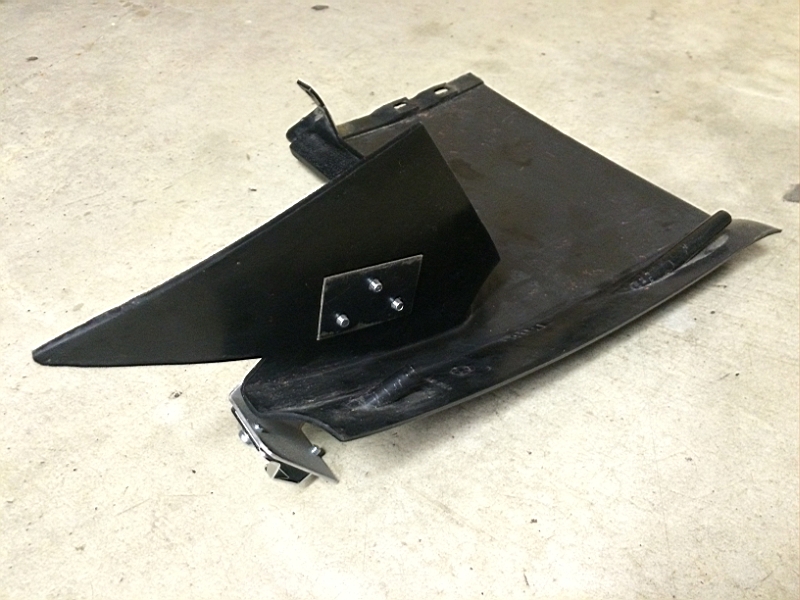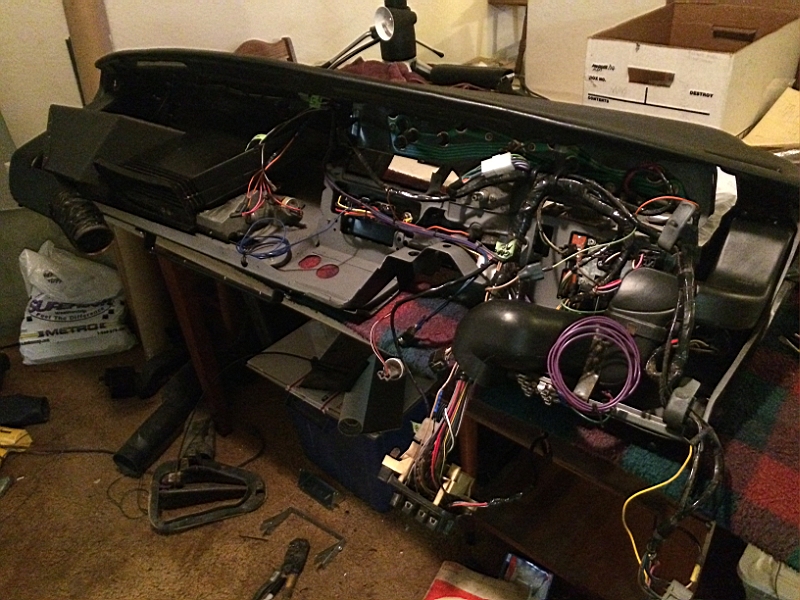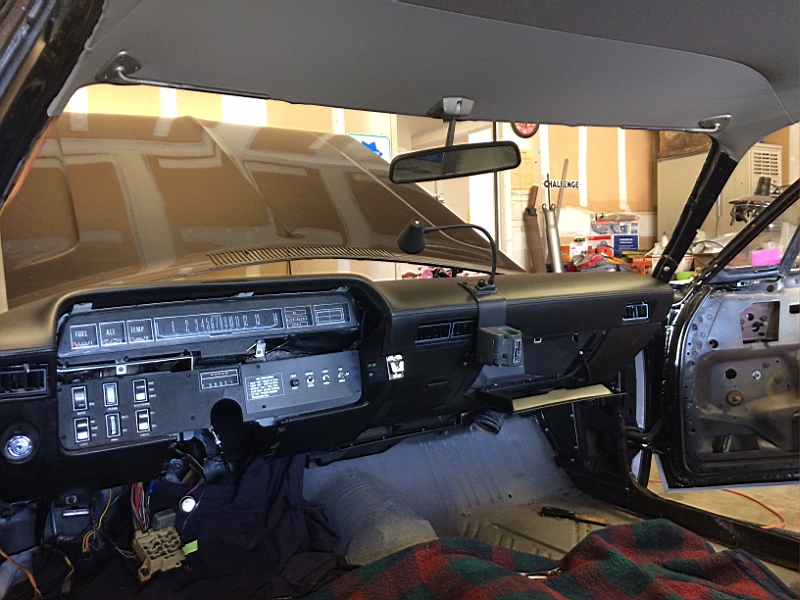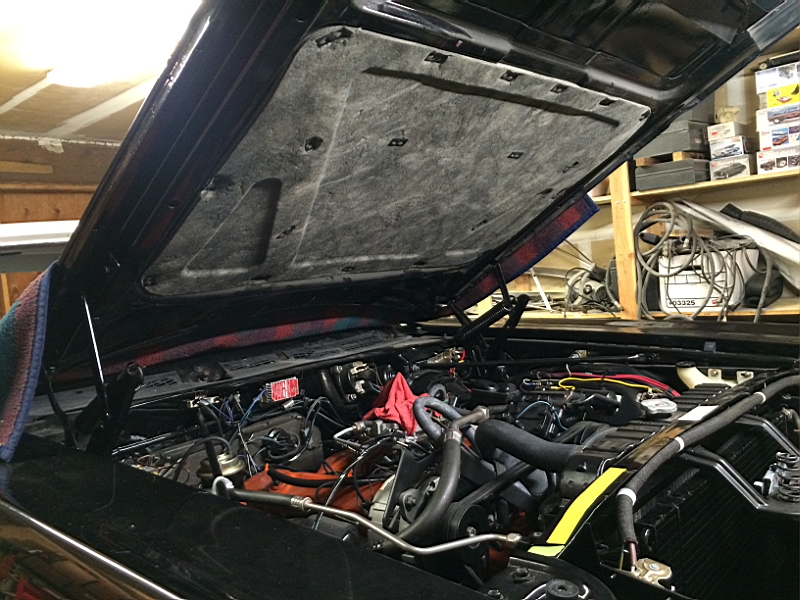Sorry for hijack Alan...love your work too.:sSig_goodjob:
I had no idea we had so many aviation guys here... thank you all... I had some understanding of electrolysis and anodes, and Stan i grew up in Pittsburgh US Steel Building rusting the sidewalks as far back as I can remember...corten steel as a fashionable thing is new to me, it was made to cut maintenance costs... but who ever thought someone would want explosion proof lighting in their living room either?
I am fascinated by many of the differences between aviation and automotive. I knew the strong structures used steel, but I thought there were stricter guidelines and corrosion inspections. I bet its pretty exciting pulling a piece of history out of the water and I suppose a majority of what stayed on land became scrap metal... cool restorations on the planes too.
Alan, I spent the last three hours looking at your work in detail... I am very impressed with all you've done especially without a nice big shop to work in or very much equipment. It really takes a certain type of guy to even start a project like this... you are one in a million sir.
I had no idea we had so many aviation guys here... thank you all... I had some understanding of electrolysis and anodes, and Stan i grew up in Pittsburgh US Steel Building rusting the sidewalks as far back as I can remember...corten steel as a fashionable thing is new to me, it was made to cut maintenance costs... but who ever thought someone would want explosion proof lighting in their living room either?
I am fascinated by many of the differences between aviation and automotive. I knew the strong structures used steel, but I thought there were stricter guidelines and corrosion inspections. I bet its pretty exciting pulling a piece of history out of the water and I suppose a majority of what stayed on land became scrap metal... cool restorations on the planes too.
Alan, I spent the last three hours looking at your work in detail... I am very impressed with all you've done especially without a nice big shop to work in or very much equipment. It really takes a certain type of guy to even start a project like this... you are one in a million sir.
Last edited:

